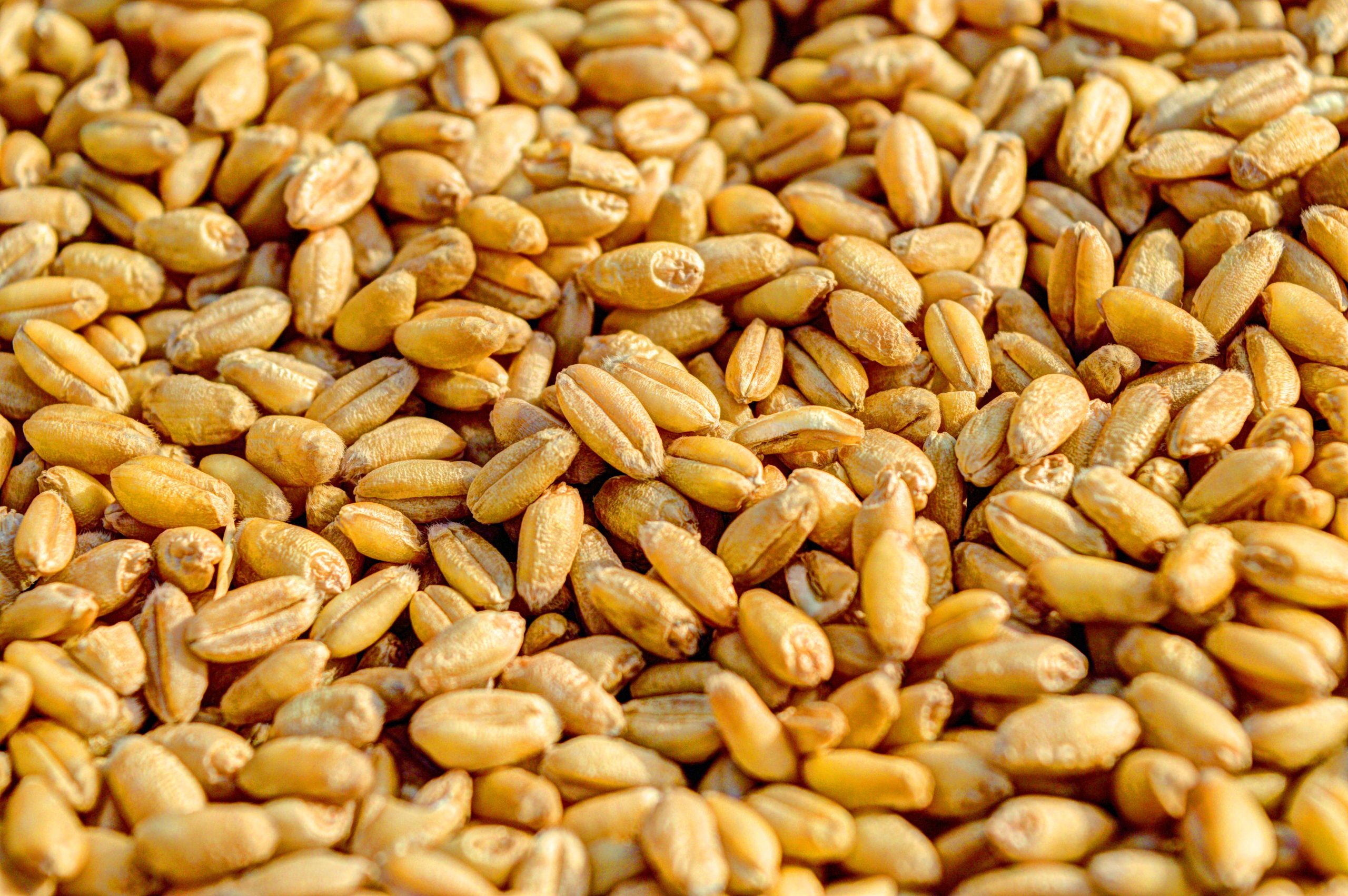Wheat exports from India may decline by 10%: reasons
What factors affect India’s wheat exports
In the 2020/2021 season, India showed record grain shipments, although several years before that it had shown modest results. In 2020, the state sold 2.1 million tons, and in 2019 the figure was 219,690 tons. However, luck did not smile on the country for long — analysts predict that wheat exports will decrease by 10%. Other factors also influence the decline in sales.
India owes this growth in supplies to its neighbors — Bangladesh, Nepal and a number of Middle Eastern states. As a result of the pandemic and quarantine restrictions, there were problems with transportation of grain, and these countries could not buy products from their traditional importers. The optimal solution at that time was supplies from India, which offered grain at a favorable price.
This season, export volumes amounted to 2.3 million tons; next season, 2.2 million tons are expected. However, experts are in no hurry to make optimistic forecasts. The dynamics of deals in India has decreased, the conclusion of contracts is slow. Deliveries here have problems with logistics, which is especially acute in the central states of the country. In these regions, markets have been closed for a long time as a result of another outbreak of coronavirus. To date, more than 200,000 deals have been signed for wheat exports to Bangladesh and Nepal.
In the near future, experts expect an increase in the price of Indian grain, the reason for the rise in price is a decrease in stocks in some regions. The country’s authorities increased imports of wheat by 13%, which amounted to about 41 million tons. As for the cost of grain in the domestic market, depending on the state the figure ranges from 18400 to 19200 rupees per ton. The expected increase in prices for export from India is also evidenced by the increase in the spot price.

Russia is India’s competitor in the wheat market, while grain from Russia is shipped cheaper. In this case, the role is played by the floating export duty, which is used by Russian traders, which significantly reduced the price of the crop compared to previous seasons. Combined with the rise in price of products from India, this may reduce the attractiveness of supplies from the country.
Experts note that Russia’s floating duty has been drastically reduced, causing fluctuations in the global market, and concern for other exporters. So far, Bangladesh and Nepal continue to buy wheat from India, but this may change soon, especially since some countries have increased crop forecasts. This means that global prices could fall and India would be better off adjusting the price of its wheat.
